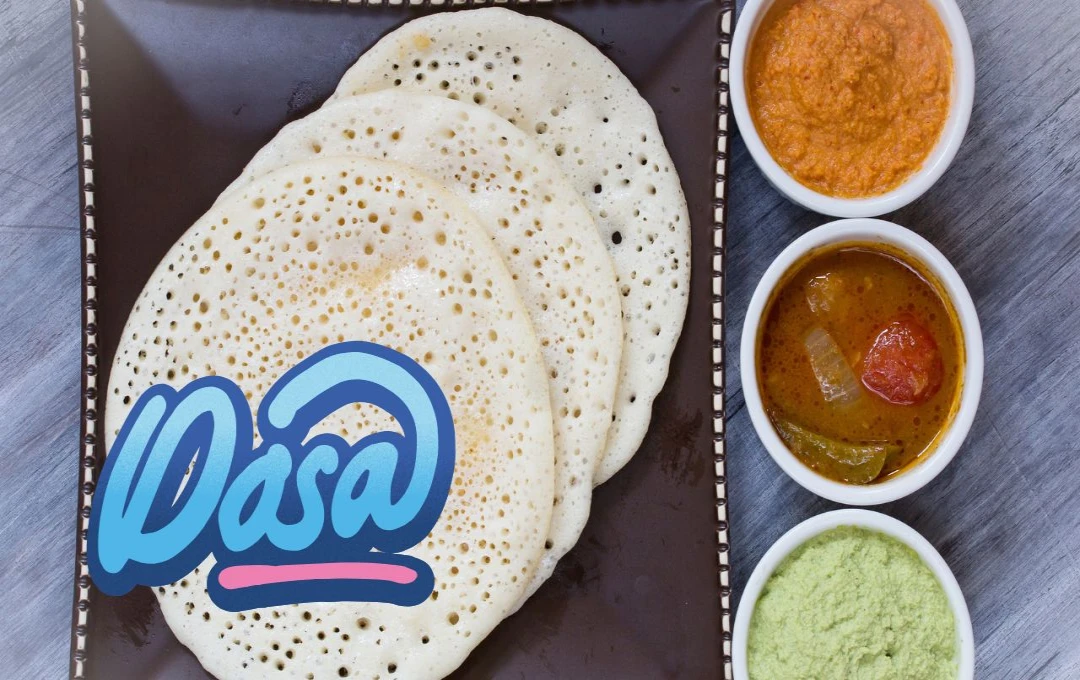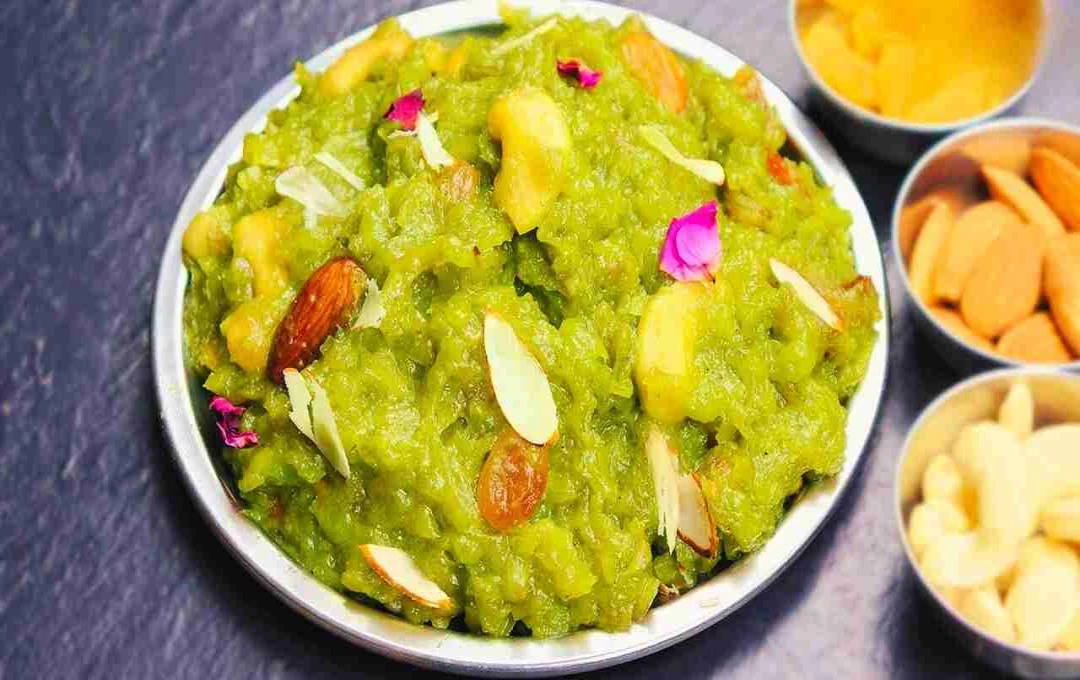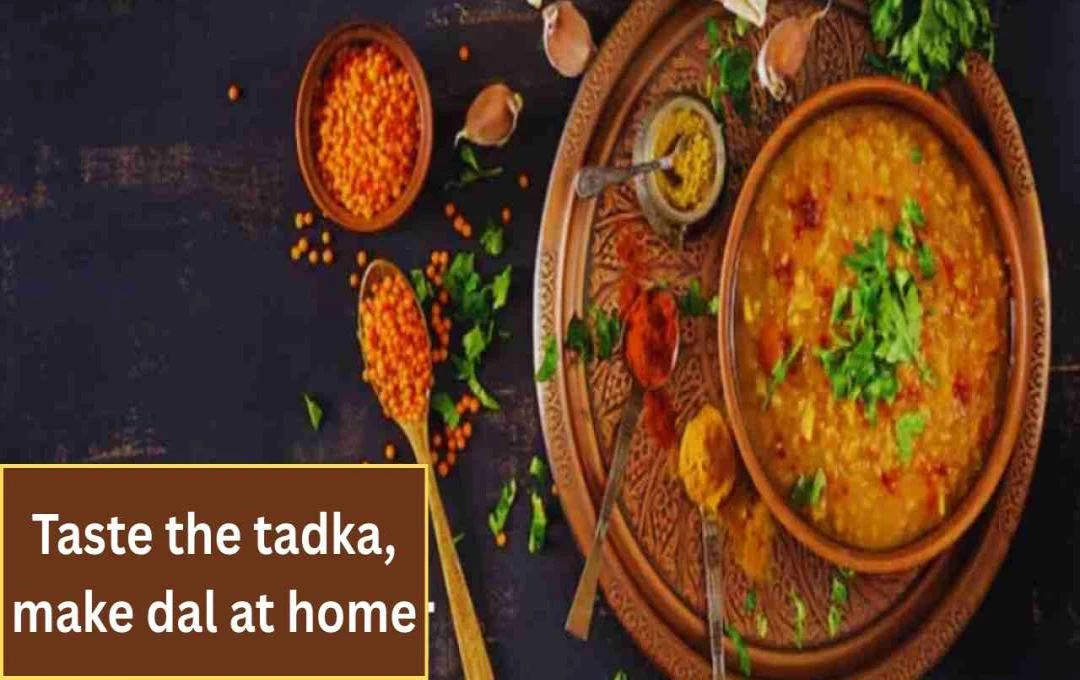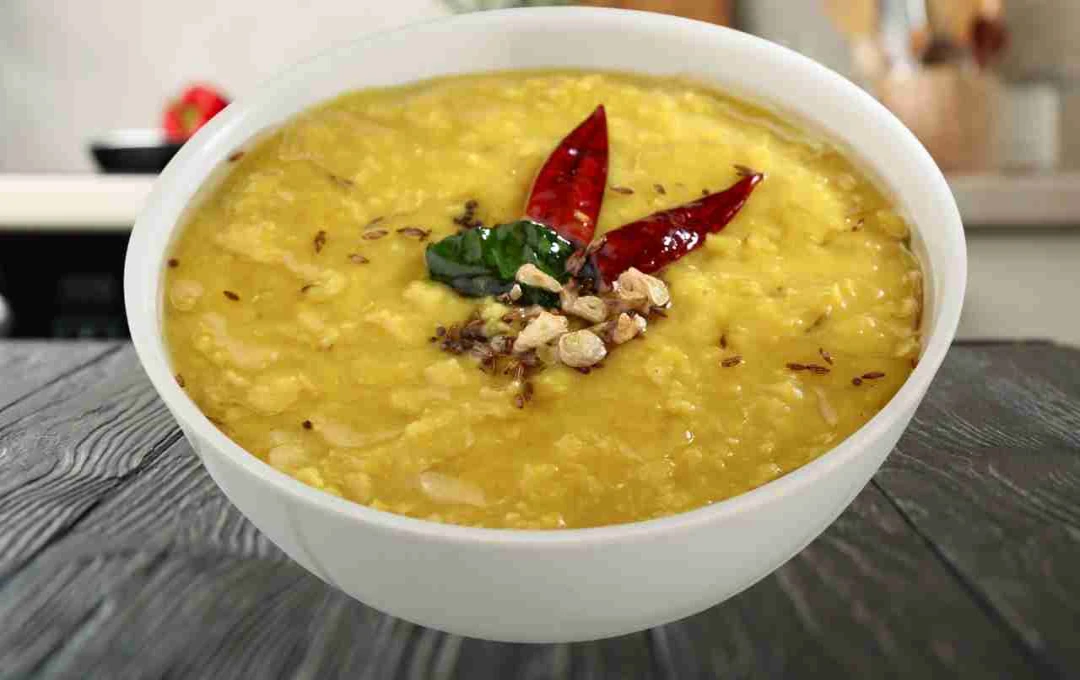Rava dosa, a traditional South Indian breakfast, is rapidly gaining popularity across India. Made from semolina, rice flour, and all-purpose flour, this crispy and thin dosa has emerged as a convenient option in today's fast-paced urban life. Requiring no grinding or fermentation, this quick-to-prepare dish is now a favorite breakfast or light meal in many homes.
Incomplete without Chutney and Sambar
The combination of rava dosa with traditional coconut chutney, sambar, or spicy tomato chutney provides a complete South Indian experience. Many households now also prepare masala rava dosa by serving it with potato masala.
Ingredients
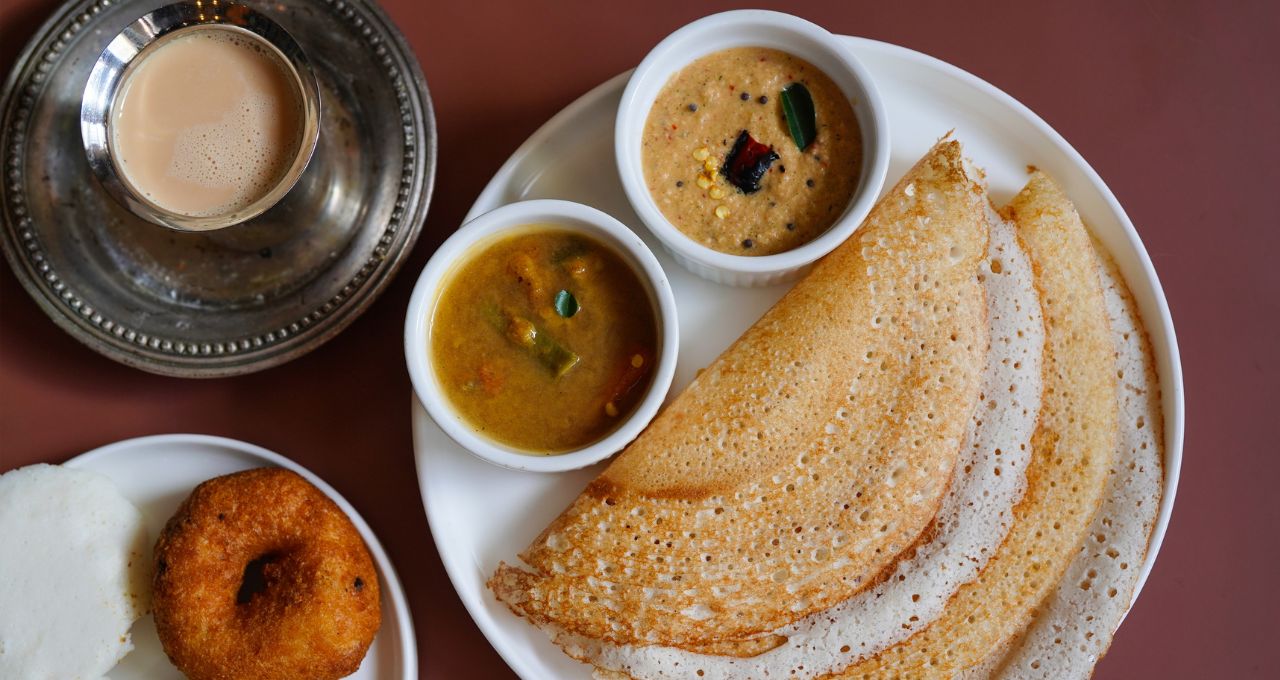
- Semolina (Rava) – ½ cup (unroasted)
- Rice flour – ½ cup
- All-purpose flour – ¼ cup
- Finely chopped onion – ⅓ cup
- Green chilies – 1 to 2 (finely chopped)
- Ginger – ½ teaspoon (grated)
- Black pepper – ½ teaspoon (crushed)
- Cumin seeds – ½ teaspoon
- Curry leaves – 8 to 10 (finely chopped)
- Fresh coriander – 1 tablespoon (optional)
- Cashews or fresh coconut – to taste (optional)
- Water – 2.25 to 2.5 cups (for batter)
- Oil – for cooking (or coconut oil/ghee)
Steps to Make Rava Dosa
- In a large bowl, combine semolina, rice flour, and all-purpose flour.
- Add onions, green chilies, ginger, curry leaves, black pepper, and cumin seeds.
- For enhanced flavor, you can also add coriander, cashews, or coconut.
- Add 2.25 to 2.5 cups of water and prepare a thin batter.
- Cover the batter and let it rest for 20-30 minutes.
- Heat a griddle or non-stick pan over medium heat and lightly oil it.
- Pour the batter onto the hot griddle using a ladle; the dosa will spread itself.
- Drizzle a little oil around the edges and on top.
- When the dosa turns golden brown and crispy, flip it and cook the other side.
- Serve the dosa hot with coconut chutney, sambar, or tomato chutney.
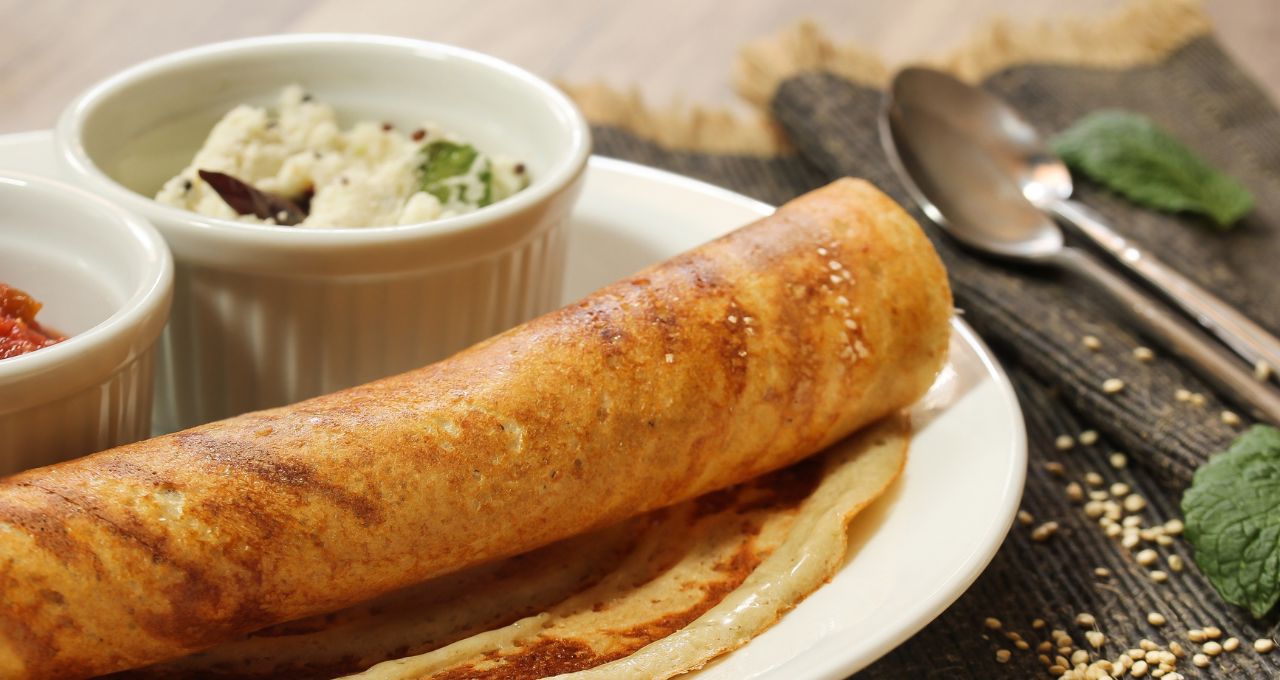
Important Tips
- Stir the batter well before each pour as the semolina tends to settle.
- Add more water if the batter seems thick.
- Rava dosa tastes best when eaten immediately for maximum crispiness.
- Why has Rava Dosa become today's superhit snack?
- While traditional dosas require hours of preparation and fermentation, rava dosa can be cooked on a griddle after only 20-30 minutes of resting time. This makes it a boon for working women, students, and those with busy lifestyles.
- Mamta Sharma, a Delhi homemaker, says, "When I need to quickly prepare something healthy and tasty, rava dosa is my first choice."
How did it become a household staple?
During the COVID-19 pandemic, when hotels and restaurants were closed, people started experimenting with new recipes at home. Rava dosa was one such dish that quickly attracted people with its simple preparation and delicious taste. "I learned to make rava dosa during the lockdown, and it has since become a regular breakfast in our home," says Rohit Deshmukh, an IT professional from Pune.
Although it is fried, you can make it with less oil in a non-stick pan. Using ghee or coconut oil balances taste and health. Semolina and rice flour are also easy to digest, making it a digestive-friendly option. According to dietitian Swati Verma, "If vegetables, cashews, and yogurt are added to rava dosa, it can become a balanced meal."
